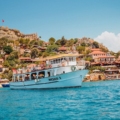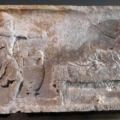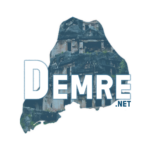Nestled in the picturesque landscapes of Turkey’s Mediterranean coast, Istlada and Hoyran remain two of the most captivating yet lesser-explored ancient settlements near Demre. Located in the Antalya Province, these archaeological sites offer travelers a glimpse into the rich Lycian civilization that once thrived in this region. Away from the crowds that flock to more famous ruins, Istlada and Hoyran provide an authentic journey back in time, surrounded by breathtaking natural beauty and tranquility.
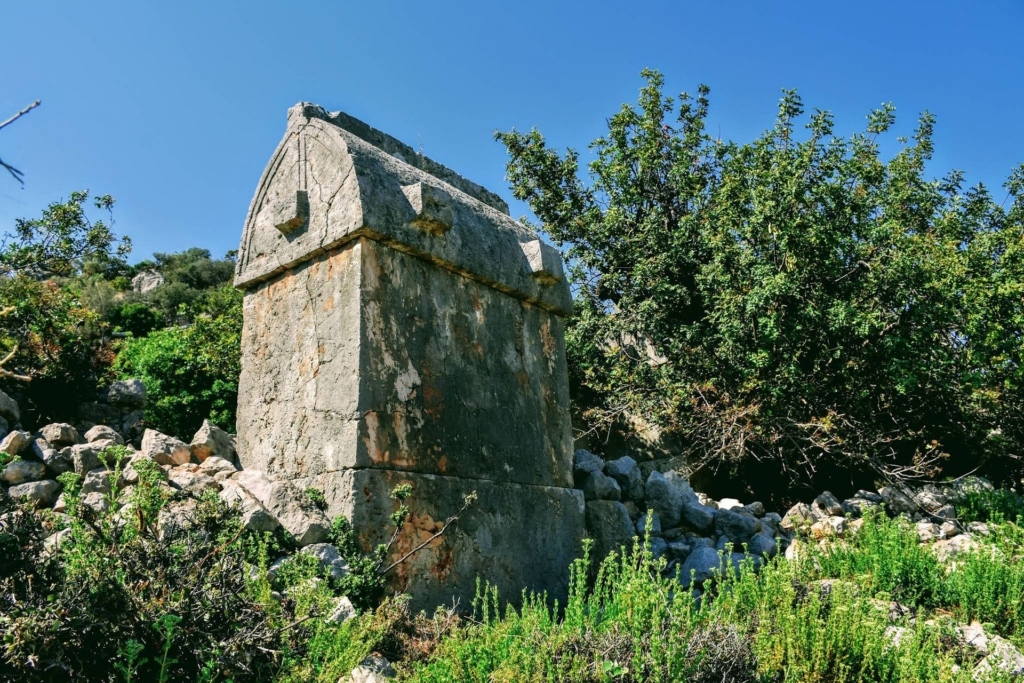
Historical Background
Both Istlada and Hoyran were once prosperous settlements in ancient Lycia, a region known for its independent city-states that later became part of the Roman and Byzantine empires. Dating back to at least the 4th century BCE, these settlements flourished due to their strategic locations along ancient trade routes.
Istlada (sometimes called Isdada) functioned as a hilltop fortress with panoramic views of the surrounding valleys, while Hoyran served as a coastal settlement with connections to maritime trade. Both sites witnessed centuries of cultural evolution, from Lycian foundations through Hellenistic influences to Roman adaptations and Byzantine continuity.
What to See at Istlada
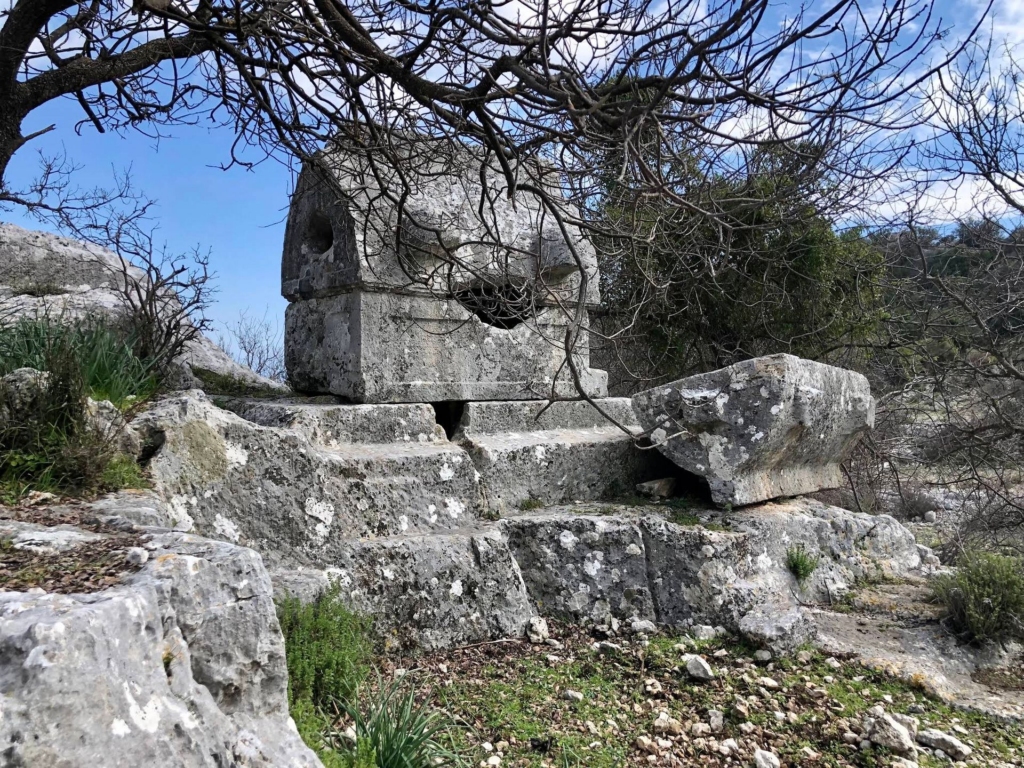
The Acropolis
Perched atop a rocky hill, Istlada’s acropolis offers commanding views of the Mediterranean coast and surrounding mountains. The defensive walls, partially preserved, showcase the masonry techniques of ancient Lycian builders.
Rock Tombs
Perhaps the most distinctive feature of Istlada is its collection of rock-cut tombs carved into the limestone cliffs. These tombs, with their temple-like façades, are characteristic of Lycian funerary architecture and demonstrate the region’s unique cultural identity.
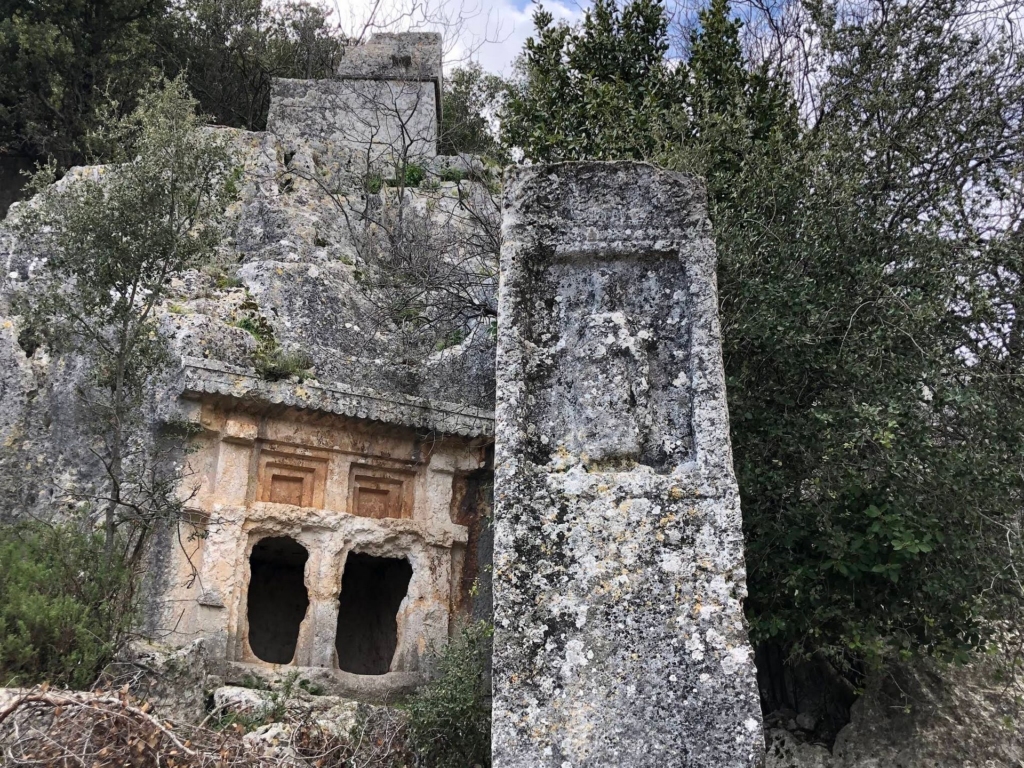
Ancient Cisterns
Several water cisterns can be found throughout the site, testament to the ingenious water management systems developed by ancient inhabitants to survive in this semi-arid region.
Byzantine Church Remains
The ruins of a small Byzantine church at Istlada reveal the site’s continued importance into the Christian era, with scattered architectural elements and occasional fragments of frescoes.
Exploring Hoyran
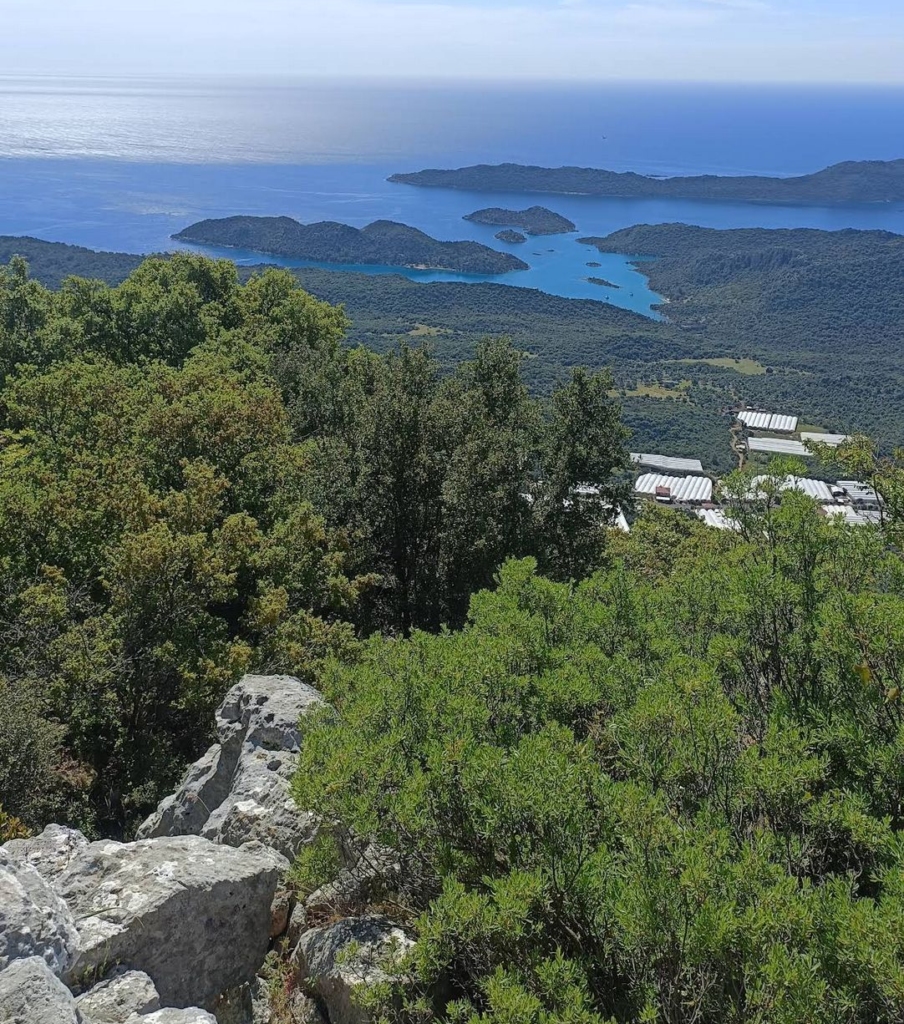
Harbor Structures
Hoyran’s proximity to the coast is evidenced by the remains of harbor installations that once facilitated maritime trade in the region, connecting this settlement to the broader Mediterranean world.
Residential Quarter
The well-preserved residential areas at Hoyran offer insight into daily life in ancient Lycia, with house foundations, streets, and public spaces still visible among the olive groves that now grow throughout the ruins.
Necropolis
The extensive necropolis at Hoyran features various tomb types, from simple rock-cut chambers to more elaborate sarcophagi, demonstrating the evolution of burial practices across different periods.
Roman Baths
The partially restored Roman bath complex showcases the adoption of Roman leisure and hygiene practices in this remote corner of the empire, complete with recognizable features such as the caldarium (hot room) and frigidarium (cold room).
Getting There
Both sites are accessible from Demre, though visitors should be prepared for some hiking on uneven terrain:
- To Istlada: From Demre center, take the road toward Kaş for approximately 8 km, then follow signs for Istlada/Belören. The final approach requires a 25-minute moderate hike from the nearest parking area.
- To Hoyran: Head east from Demre toward Finike for about 12 km, then take the coastal turn-off marked for Hoyran. The site is approximately 3 km from this junction along a scenic but sometimes rough road.
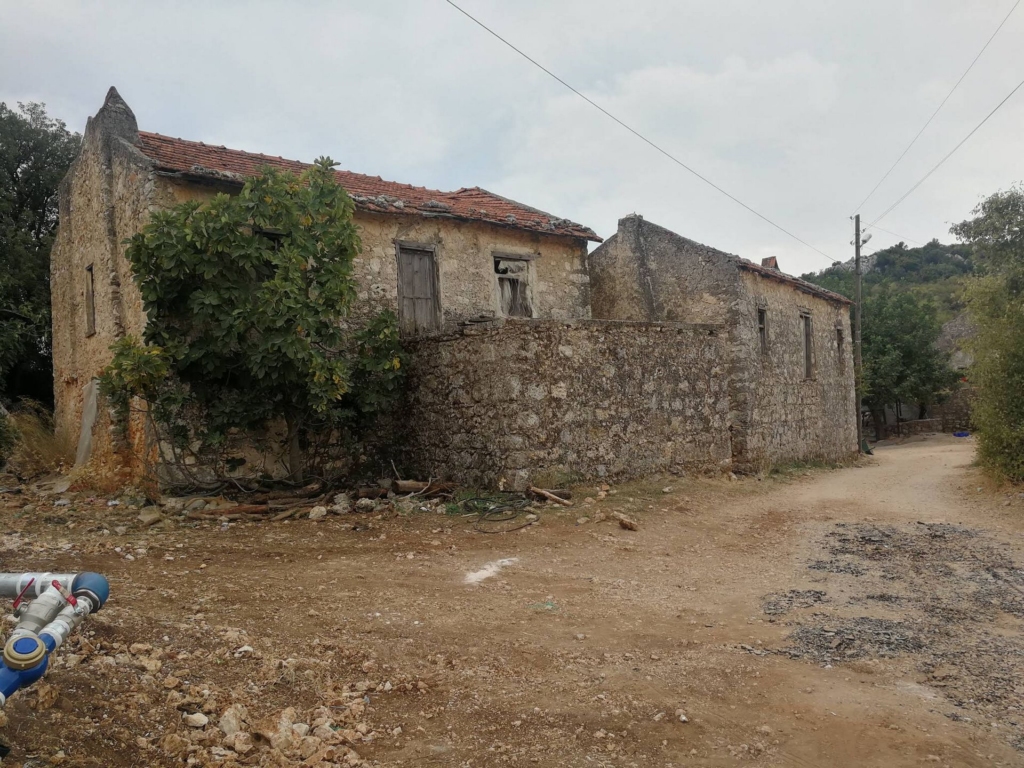
Best Time to Visit
The ideal seasons to visit are spring (April-May) and autumn (September-October) when temperatures are pleasant, and the landscape is either blooming with wildflowers or showing beautiful fall colors. Summer visits (June-August) should be planned for early morning or late afternoon to avoid the intense midday heat.
What to Bring
- Sturdy walking shoes or hiking boots
- Sun protection (hat, sunscreen, sunglasses)
- Plenty of water (no facilities at the sites)
- Picnic supplies if planning a longer visit
- Camera for capturing the stunning views
- A good guidebook or pre-downloaded information as there are limited interpretive materials on-site
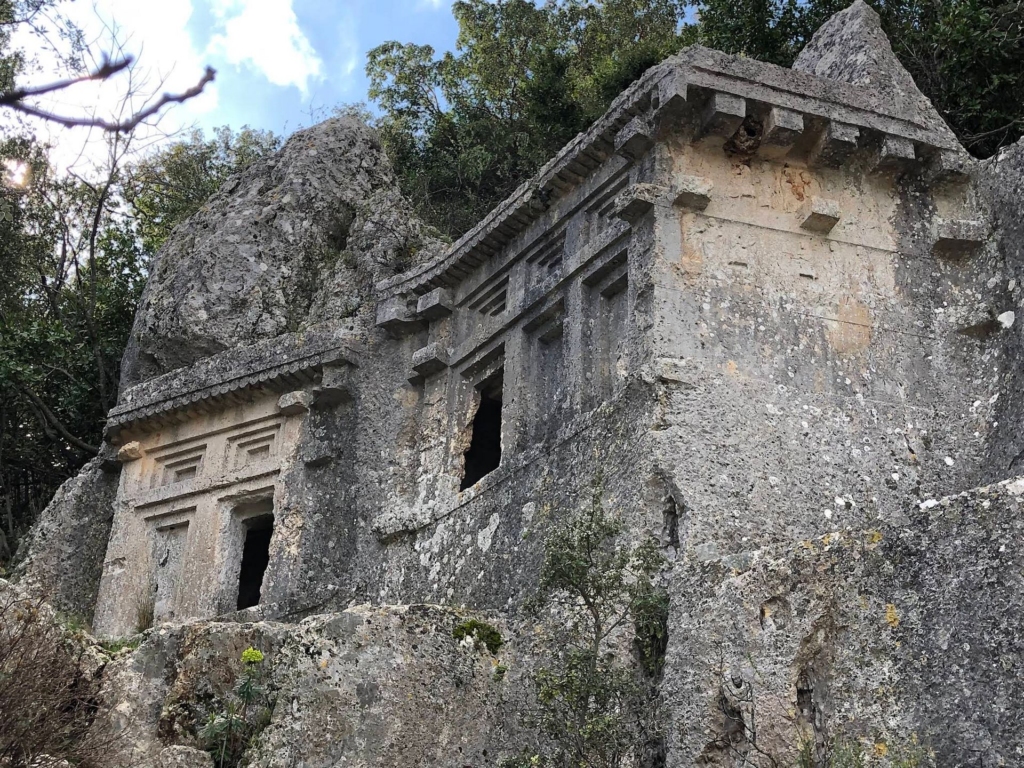
Entrance and Guides
Both sites have minimal infrastructure for tourism:
- No formal entrance fee is required, though voluntary donations to local conservation efforts are appreciated
- No regular guides are stationed at the sites, but arrangements can be made through travel agencies in Demre for knowledgeable local guides
- Consider downloading offline maps before your visit as mobile reception can be spotty
Cultural Significance and Preservation
What makes Istlada and Hoyran particularly special is their relatively untouched state. Unlike more famous ancient sites that have undergone extensive reconstruction, these settlements retain a raw authenticity that allows visitors to feel like true explorers.
Local conservation efforts, though limited in resources, focus on documenting and preserving these sites before natural erosion and occasional illegal excavations cause further damage. By visiting respectfully, travelers contribute to awareness of these important historical locations.
Nearby Attractions
To make the most of your journey to this region, consider combining your visit to Istlada and Hoyran with:
- Ancient Myra: Famous for its well-preserved theater and rock-cut tombs
- Church of St. Nicholas: The original church of the historical figure who inspired Santa Claus
- Kekova Sunken City: An ancient Lycian settlement partially submerged by earthquakes
- Üçağız Village: A charming fishing community built among ancient ruins
- Kaş: A picturesque town with excellent dining and shopping options
Responsible Tourism Tips
When visiting these fragile archaeological sites:
- Stay on established paths to prevent erosion
- Do not climb on or remove any artifacts
- Take all trash with you when leaving
- Respect any ongoing archaeological work
- Consider supporting local businesses in nearby villages
Conclusion
Istlada and Hoyran offer the intrepid traveler a rare opportunity to experience ancient Lycian culture away from commercialized tourism. Their remote locations and relatively intact conditions provide a more authentic connection to the past than many better-known sites in Turkey. For those willing to venture off the beaten path, these hidden gems reward visitors with a perfect combination of historical discovery and natural beauty that captures the essence of ancient Lycia.
Whether you’re a history enthusiast, a photography lover, or simply seeking tranquil spots with spectacular views, Istlada and Hoyran deserve a place on your Demre region itinerary. These overlooked treasures embody the spirit of exploration that makes travel truly meaningful.

